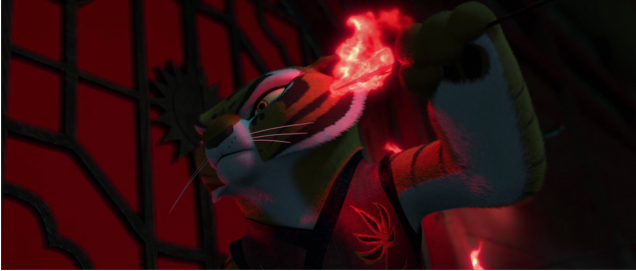The Reflex to Catch Arrows: Real or Impossible?
The award-winning “Kung-Fu Panda” franchise is one of my all-time favorite movies. One of the most intriguing moments in the second film is the scene in which Mistress Tigress, the main protagonist’s assistant, catches a soaring arrow with her bare hands. This incredible act in the movie prompted me to explore the question of whether this would be possible in real life and the brain mechanisms that would be involved.
Catching an arrow with her bare hands may initially be a voluntary act, but through repeated association of the stimulus with a desired outcome and lots of practice, Mistress Tigress has trained this voluntary act to become an involuntary reflex. Involuntary movements are automatic muscle responses to stimuli. The brain controls the activity of motor neurons and muscles in order to create immediate responses. Most involuntary responses are processed in the spine. The spinal nerve consists of two main roots: the ventral and dorsal roots. The ventral roots control the movement of the body’s muscles as the signs are sent by the brain’s primary motor cortex. The dorsal roots do the opposite: they create signals to the ventral roots via analysis of the body senses. This exchange of corporeal information is reflex.
In addition to the ability to control movement and reflexes, the brain also has amazing neuroplasticity, which allows it to adapt and acquire strengths in certain regions of the brain. Due to consistent training and practice, Mistress Tigress’s brain is likely to have more neural pathways in specific brain regions responsible for her Kung Fu skills, such as the motor cortex.
While it is certainly a difficult act, catching an arrow with your bare hands may be possible with years of training and strong mental focus because of the brain’s neuroplasticity and the spinal nerve’s amazing ability to process the mechanisms behind reflexes.
~ Dongjun Yoo
Sources:
Testing and Comparing Bows by Measuring Arrow Speeds in Feet per Second
Introduction to the Nervous System; Peripheral Nervous System
Image Source:
